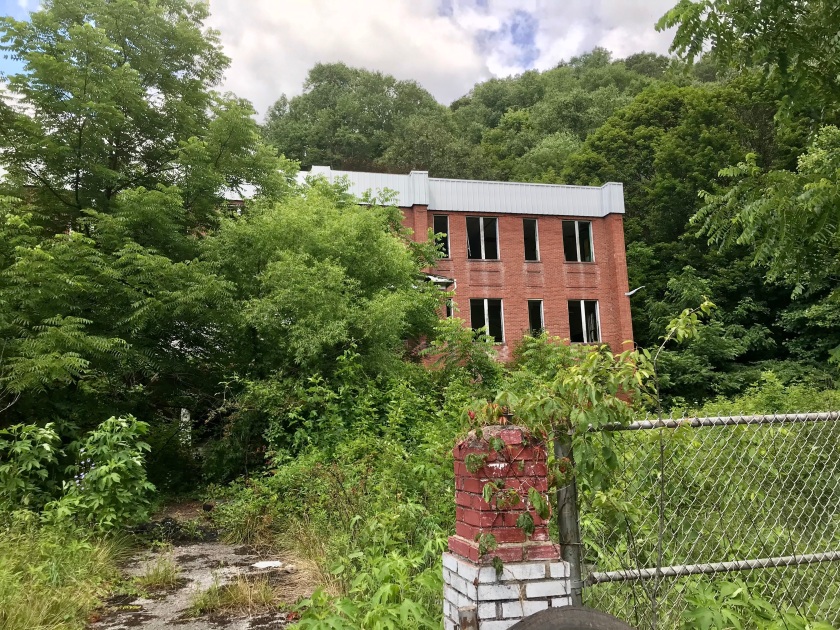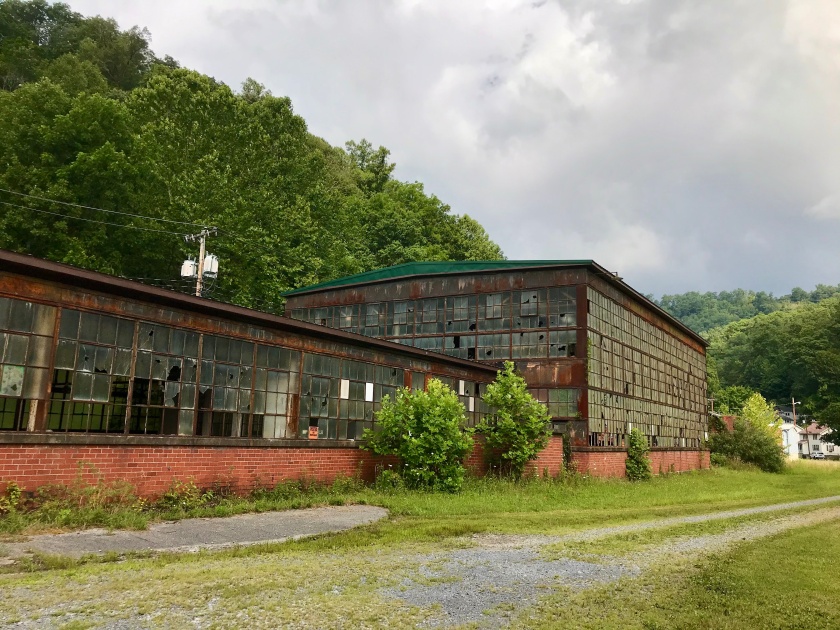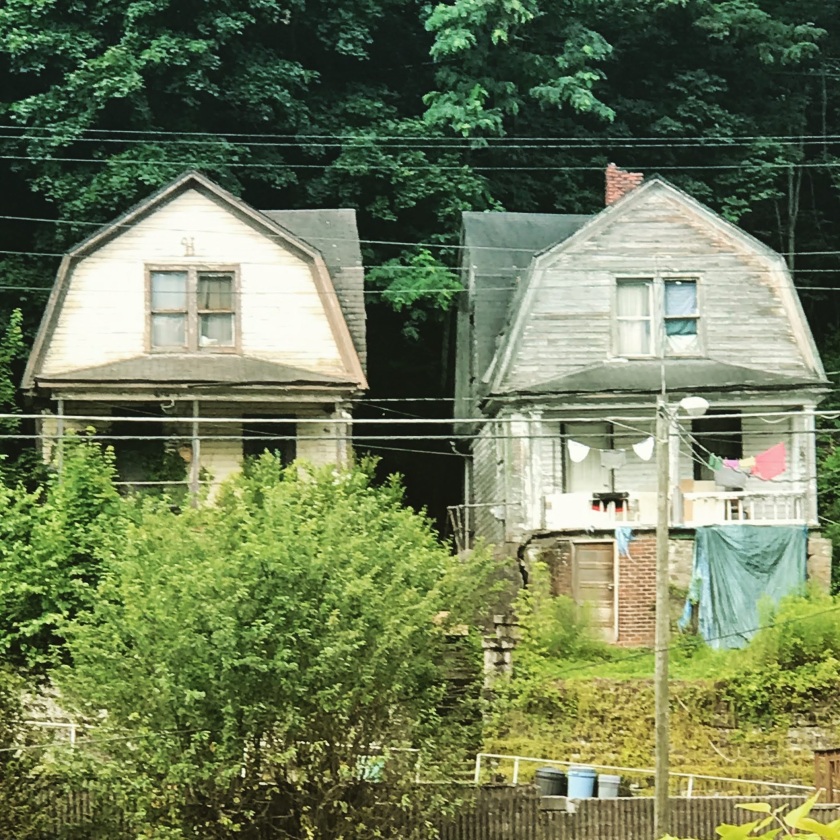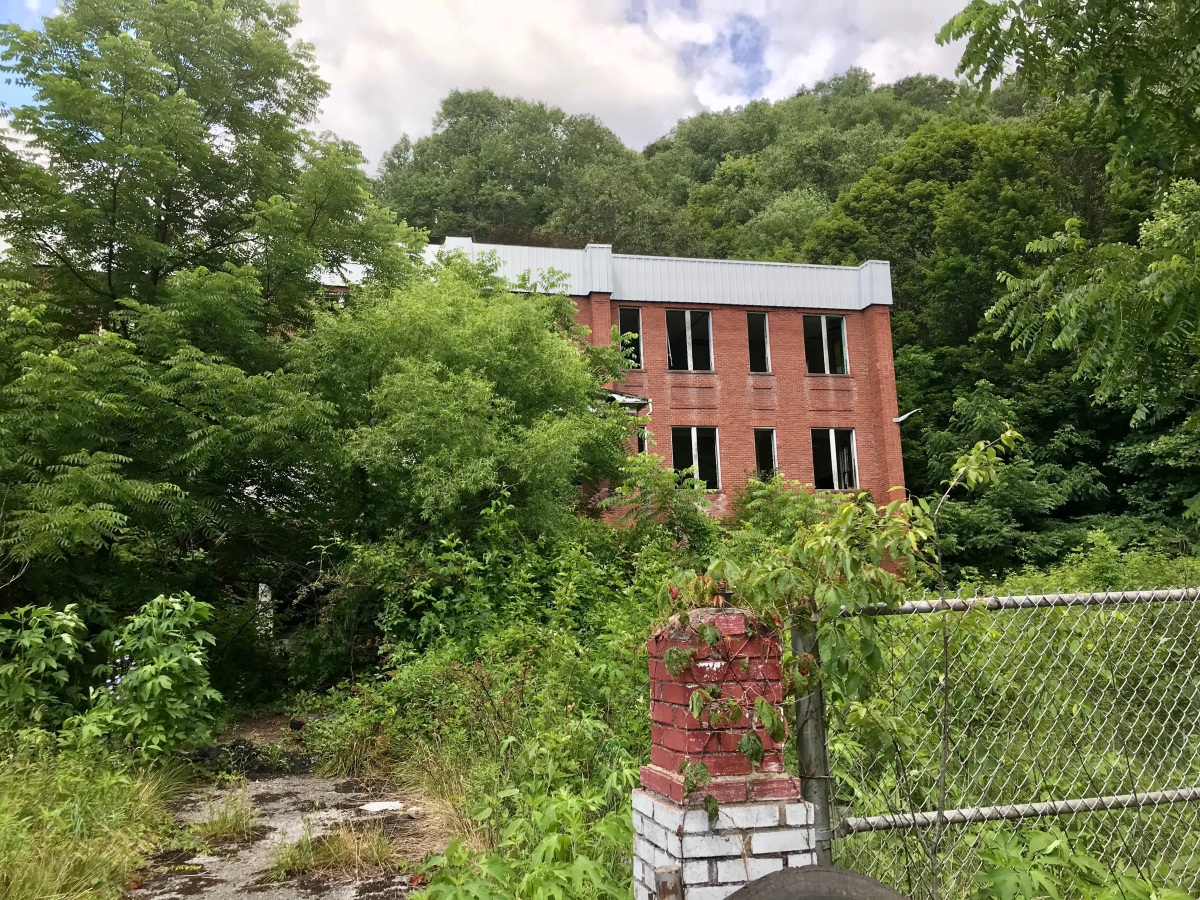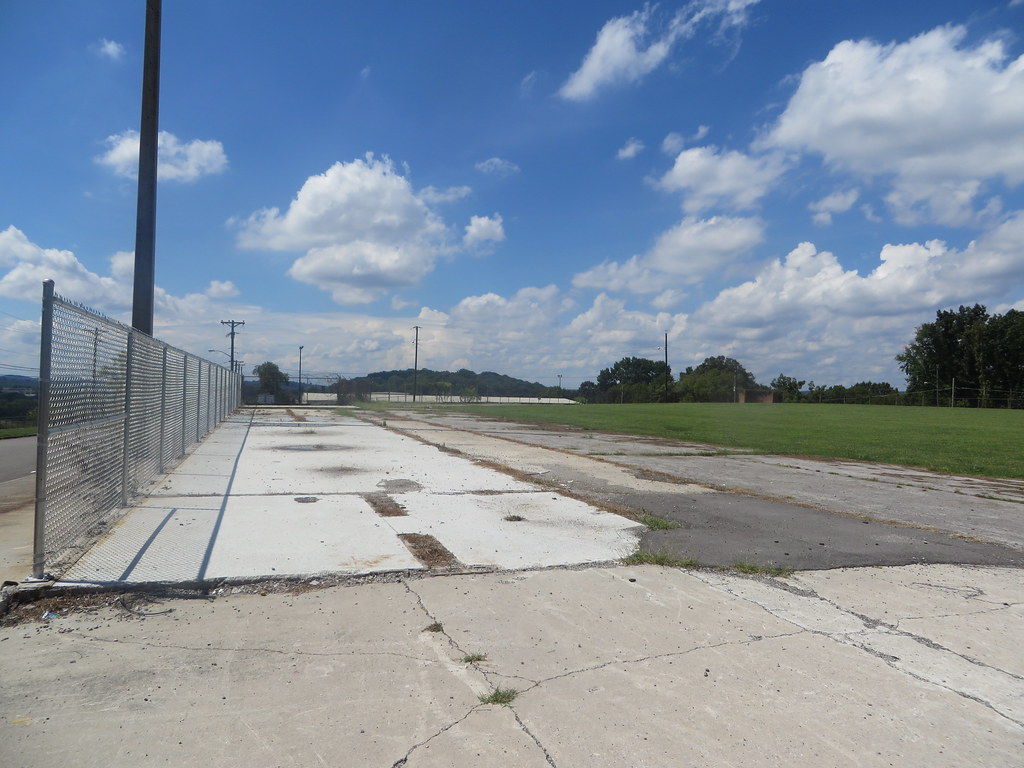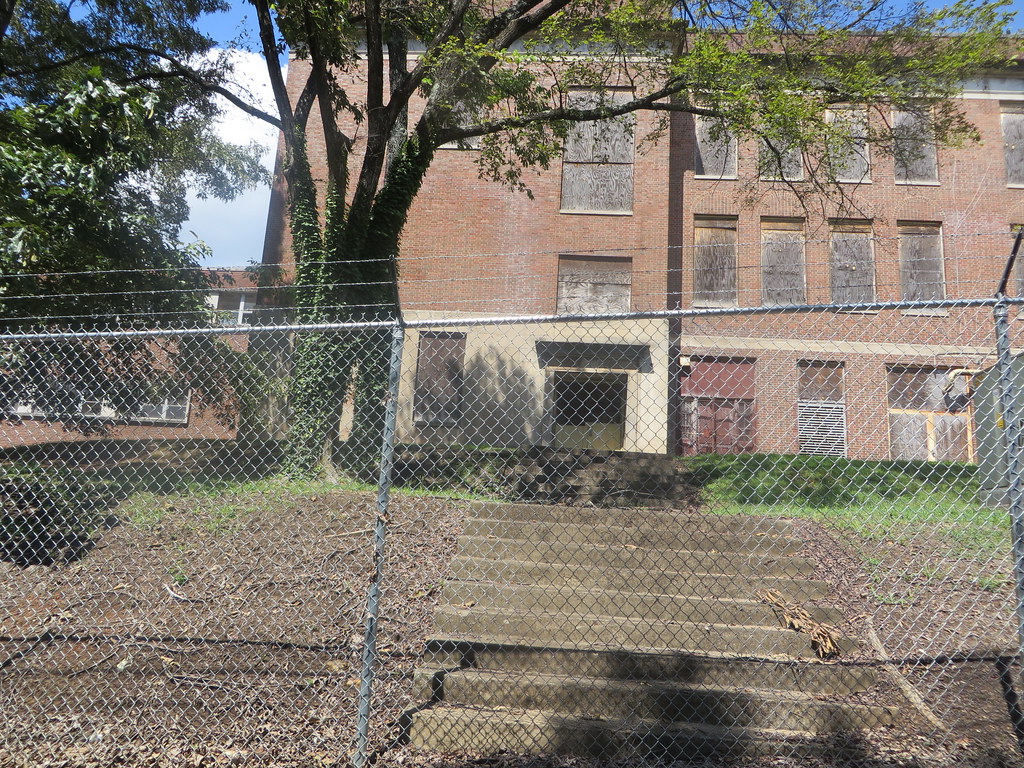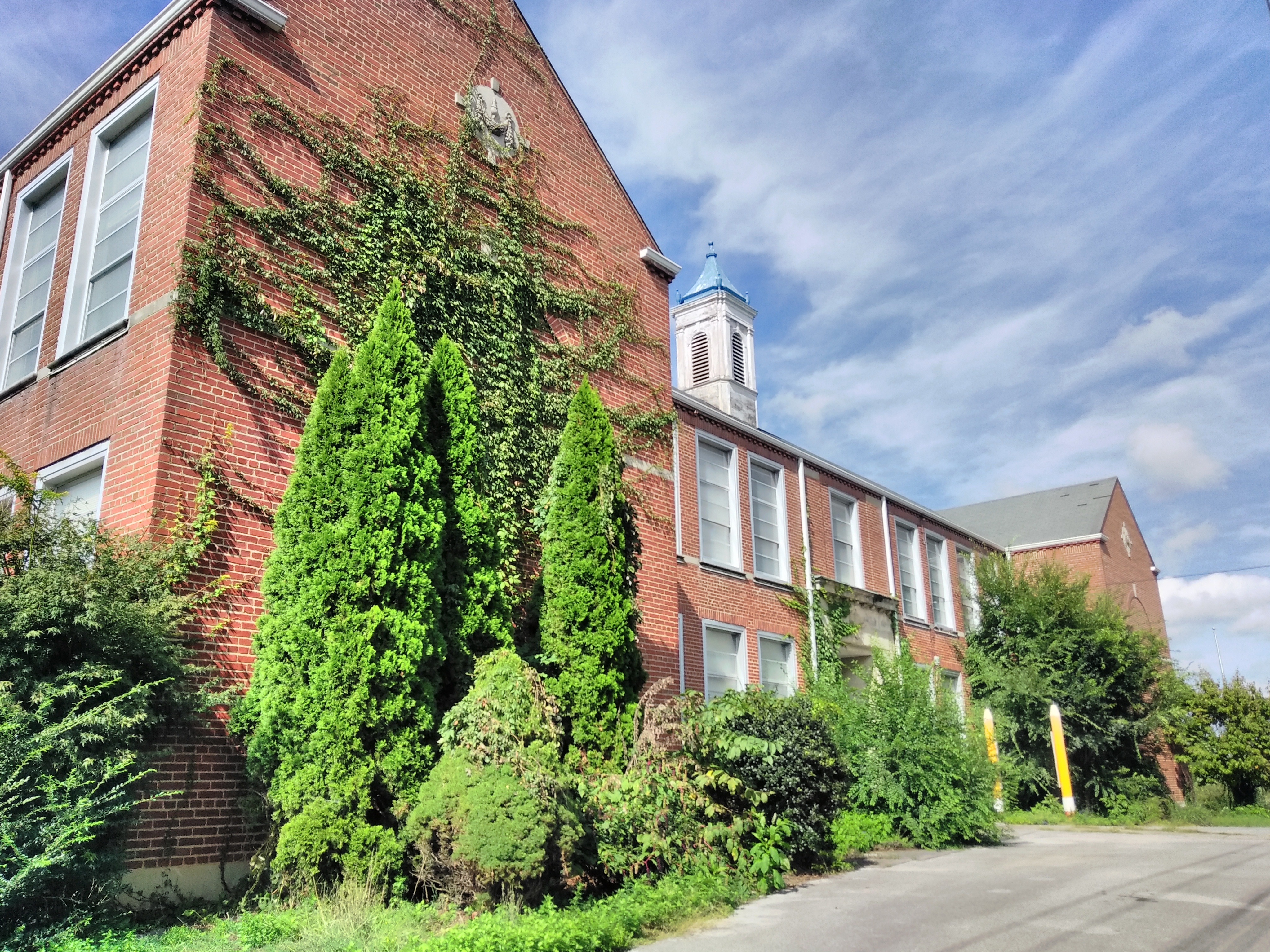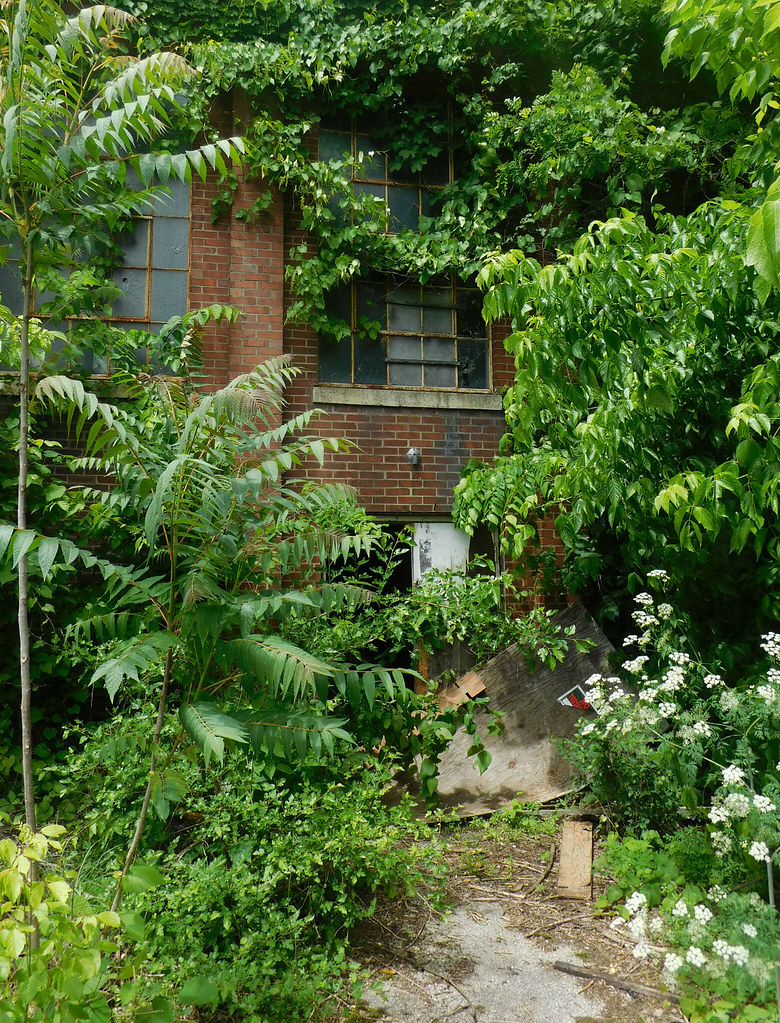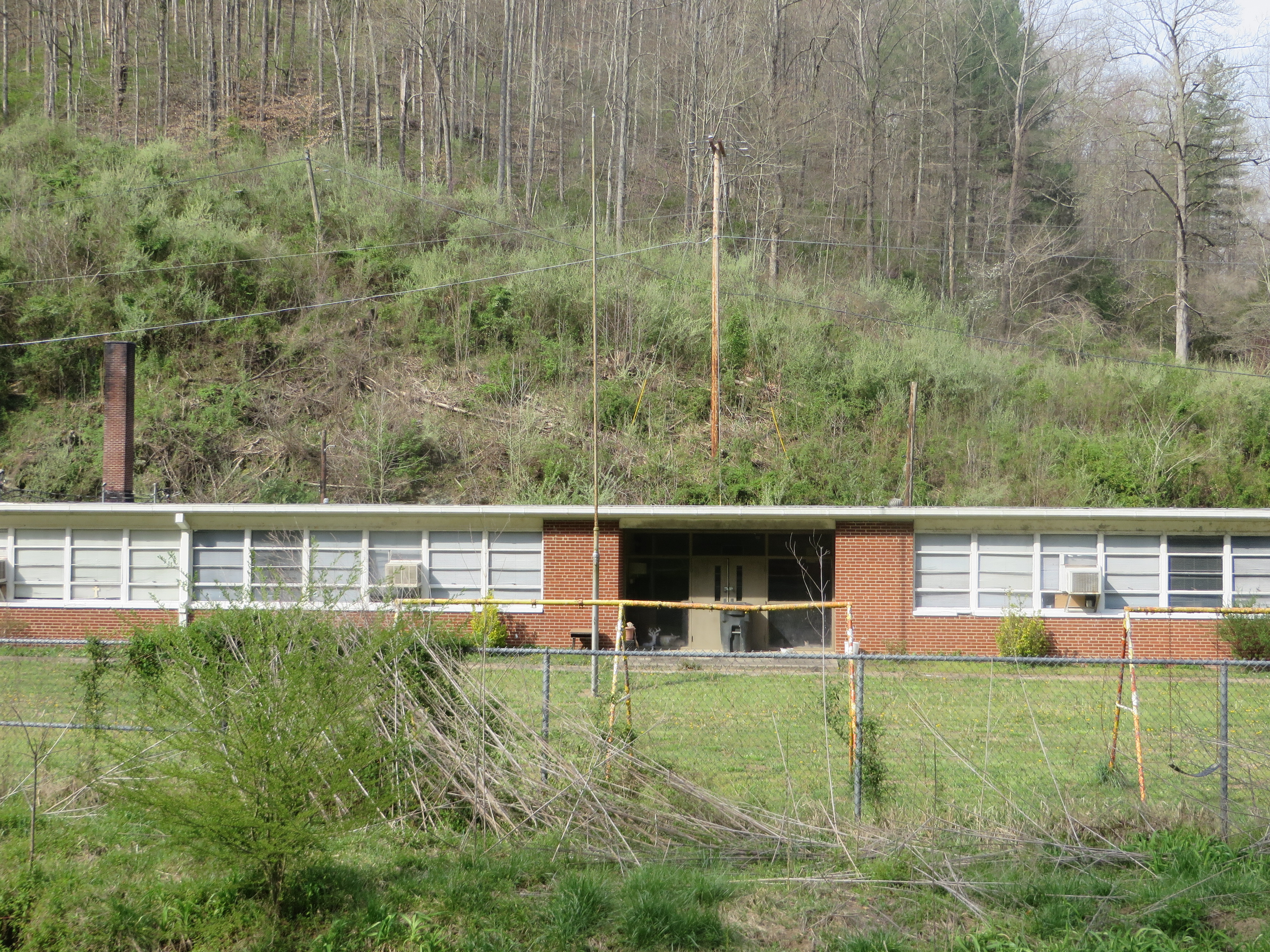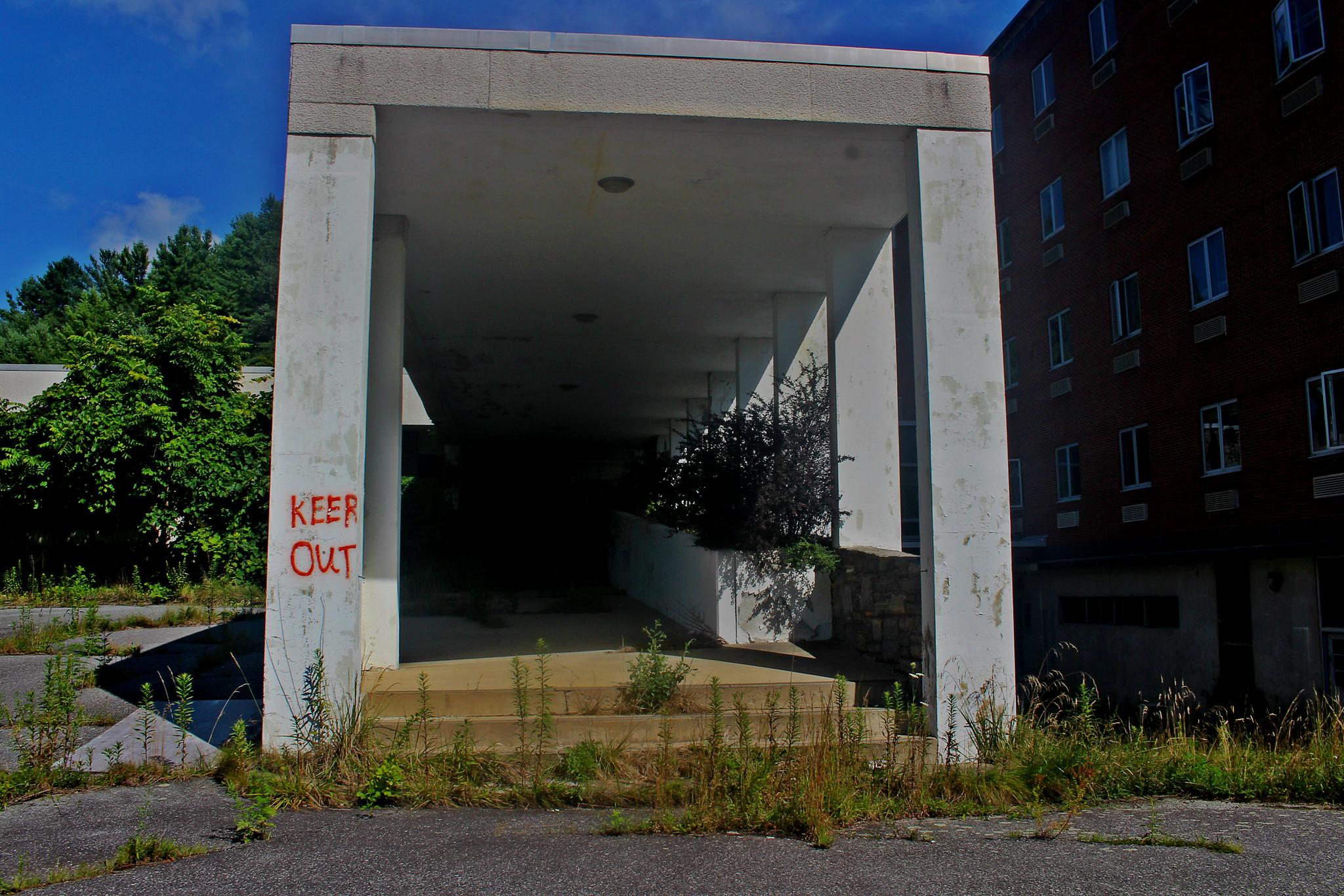This was a visit a long time in the making. Longer than it should have taken. I’ve been fascinated with this campus for a several years and finally took the time to visit several weeks ago.
Knoxville College roots can be traced to a mission school established in Knoxville in 1864 by R. J. Creswell of the United Presbyterian Church to educate the city’s free blacks and freed slaves. This school initially met in the First Baptist Church building (which at the time was located on Gay Street) before moving to a permanent facility in East Knoxville in 1866. In spite of general apathy from the city’s leaders and threats from poor whites, the school’s enrollment gradually grew to over 100. In addition to black students, the school also had many white students until 1901, when Tennessee passed a law forcibly segregating all schools. That same year Knoxville College finally received a charter from the State of Tennessee. Six years later, the school established the Eliza B. Wallace Hospital, which served a dual purpose of training nurses and tending to the health needs of the local black community. This proved invaluable during the city’s Influenza outbreak of 1918.
In 1980, eight buildings on the Knoxville College campus were listed on the National Register of Historic Places as a historic district for their role in minority education. Many of the earliest buildings were constructed using student labor, student-made bricks, and lumber donated by alumni. The district includes the following buildings:
- McKee Hall, the oldest building on campus, originally built in 1876, largely rebuilt in 1895 following a fire. The building is named for the Reverend O.S. McKee, who had established the first school for African-American children in Nashville in 1862. This building currently houses administration offices.
- The President’s House, built in the late 1880s. The house was originally built of wood, but brick siding was added in 1905.
- Wallace Hall, built in 1890 as an orphanage. This building is named for Eliza B. Wallace, the school’s principal of female students, 1877–1897.
- Elnathan Hall, built in 1898 following the destruction by fire of the original Elnathan Hall, and altered in 1905 and 1971. This building has served variously as a women’s dorm, administration building, and classroom building.
- Two Faculty cottages, 1005 and 1009 College Street, both built in the style in 1906.
- McMillan Chapel, built in 1913, designed by Knoxville College alumnus, William Thomas Jones. Along with church services, the chapel served as the campus’s primary performance venue. Notable guests who have delivered speeches at the chapel include George Washington Carver, Countee Cullen, W. E. B. Du Bois, Jesse Owens, William H. Hastie and Jackie Robinson.
- Giffen Memorial Gymnasium, built in 1929.
In 2016, the preservationist group Knox Heritage placed the Knoxville College Historic District on its “Fragile Fifteen,” a list of endangered Knoxville-area historic properties.
Beginning in the 1970s, Knoxville College began to struggle financially, leading to a gradual decline. In 1997, the Southern Association of Colleges and Schools withdrew Knoxville College’s accreditation. Enrollment dropped precipitously and the school’s financial situation became dire. As enrollment plummeted, the school’s debt skyrocketed and it was soon unable to pay its faculty or electric bills. Throughout the rest of the 1990s, as enrollment plummeted, most campus buildings were shuttered and abandoned, and most degree programs were discontinued. On June 9, 2014, the Environmental Protection Agency seized control of the long-shuttered A.K. Stewart Science Hall to conduct an emergency clean-up of toxic chemicals that the college had improperly stored in laboratories; In April 2015, the school announced it was suspending classes for the Fall 2015 term in hopes of reorganizing. Enrollment had dwindled to just 11 students, and the college was struggling to pay back a $4.5 million loan from 2003 and more than $425,000 to the federal government for the Stewart Science Hall cleanup. In May 2015, the school announced classes would resume in the Fall 2016 term. That never happened.
In September 2016, the City of Knoxville demanded that Knoxville College make repairs to fourteen of its buildings within 90 days or face condemnation. City crews subsequently boarded up the buildings. The Knoxville Fire Department responded to between four and five fires at abandoned buildings on campus in 2016, and estimated that since the buildings began falling into disuse after 1997, they had responded to twenty or thirty such fires there.
 Today most of the campus sits abandoned, in an advanced state of disrepair. Most buildings are open to vagrants and vandals. This has caused severe damage to the buildings. The former college center has been set on fire twice. Since early 2018 The College administrative offices are back on campus again, occupying The college Annex which is next to McMillan Chapel. Plans have been made to renovate McMillan chapel and the Alumni Library. This is scheduled to take place in 2019.
Today most of the campus sits abandoned, in an advanced state of disrepair. Most buildings are open to vagrants and vandals. This has caused severe damage to the buildings. The former college center has been set on fire twice. Since early 2018 The College administrative offices are back on campus again, occupying The college Annex which is next to McMillan Chapel. Plans have been made to renovate McMillan chapel and the Alumni Library. This is scheduled to take place in 2019. 






On The 1st of July 2018 Knoxville College posted on its website that it is again enrolling students for its fall 2018 semester. According to the school’s website that semester began on Tuesday September 4. There is no information about classes offered, nor the process for admissions to the college, leading one to think the new semester never actually began.
35.970326
-83.943506
